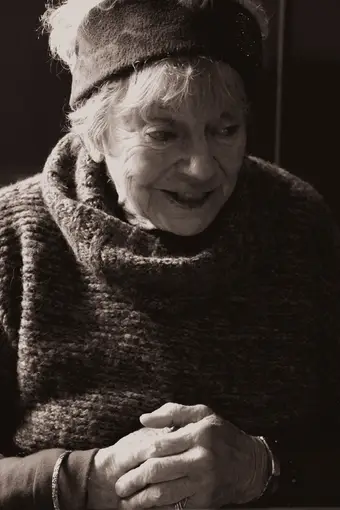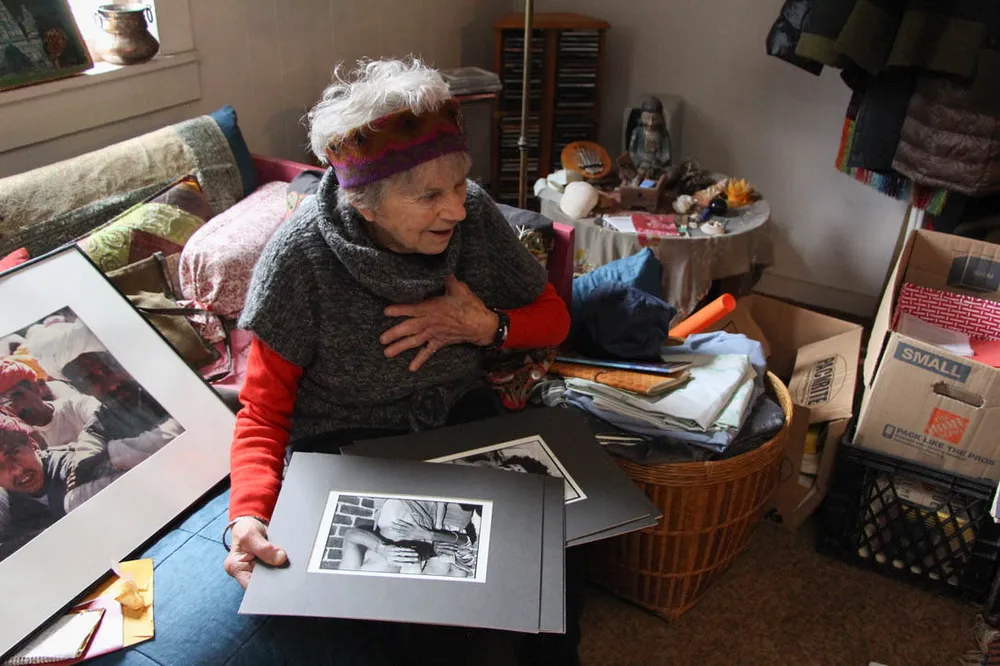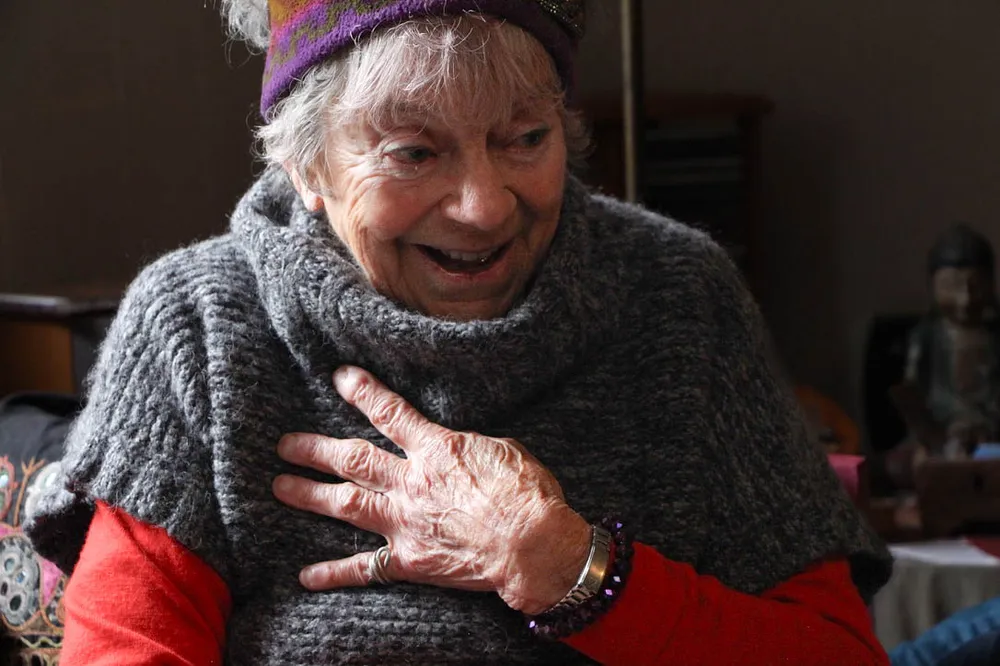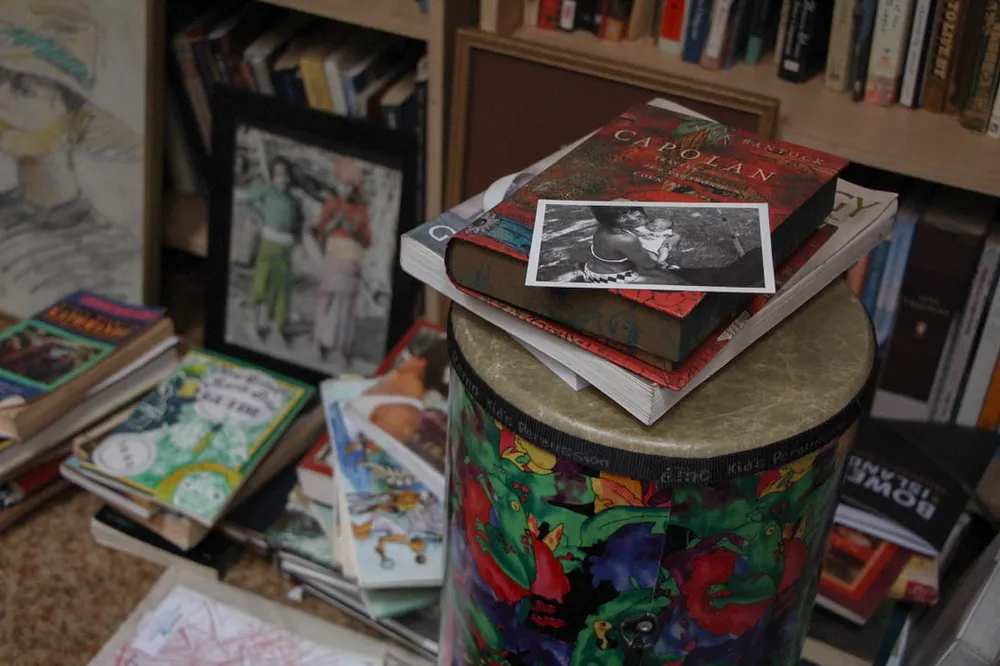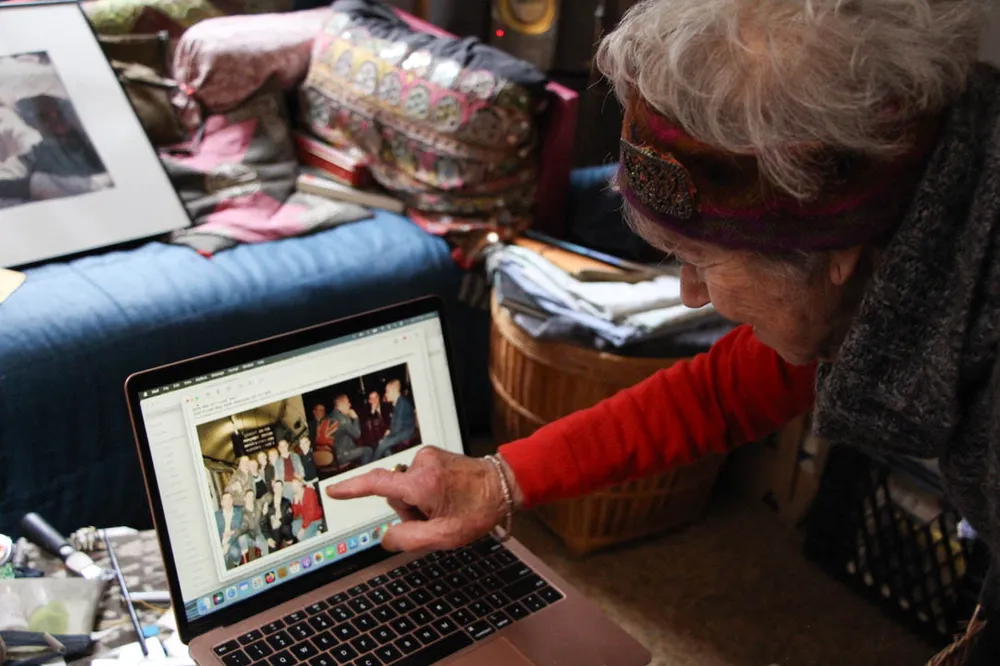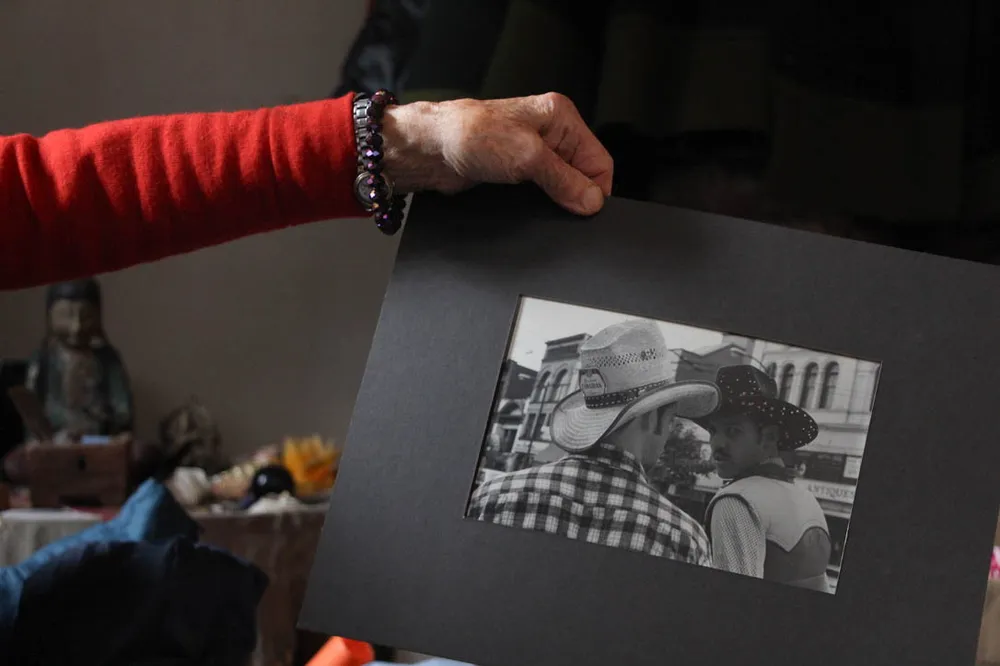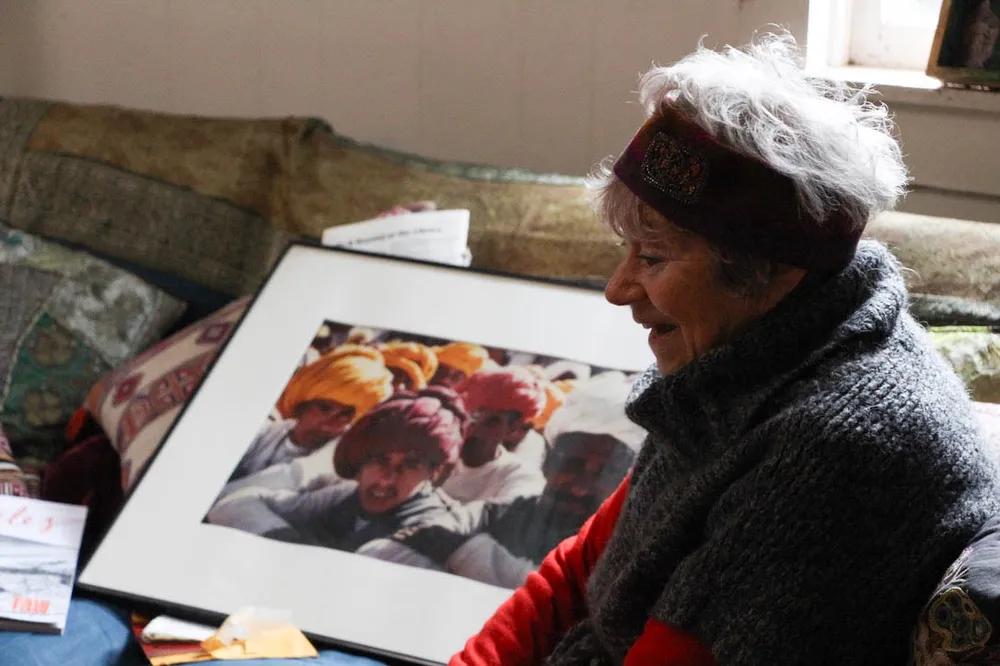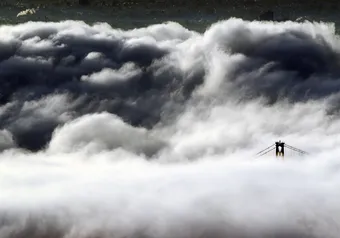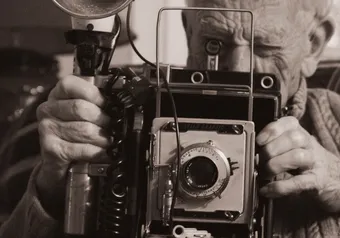Scattered across the living room of a Bowen Island bungalow are trinkets from nearly every part of the world. Framed photographs hung on the wall show scenes from Asia. In the corner, a simple wooden bookshelf slumps under the weight of books ranging from memoirs to travel guides.
The owner of this home is Kami Kanetsuka. It is difficult to describe her using typical career labels — writer, photojournalist or occasional secretary cannot begin to encompass the breadth of her experiences. After sitting down and speaking with her for two hours, it became clear that our limited time together was insufficient to capture her essence. However, one label best describes Kanetsuka: traveller.
Kanetsuka started taking photographs in 1966, when she first left London and drove to Kathmandu in Nepal.
“Before I went, I never had a camera, and my boyfriend … sent me out to photograph scenes in London.” She recalled going to a boat and being told by her then-boyfriend to go around it to take pictures of all the different angles. “[T]hat was my basic training. And then we were on the road.”
The trip took several months and Kanetsuka recalled her first realizations upon leaving Western Europe. In Turkey, she was amazed by belly dancers who — contrary to what she had been presented with in London — were older and did not conform to Western beauty standards.
“I was in my 20s and it was sort of like everything on that trip was fascinating, because it’s the realization that what you’ve been brought up with is not the world. It’s a tiny bit of the world.”
Photography as connection
Kanetsuka quickly realized her interest lay in the people she met, and it reflected in the way she told us her stories; all of them seemed to centre on the relationships she formed. On her trip across Eurasia, Kanetsuka met a street typist in Pakistan who she photographed and immediately connected to. They went on to become pen pals, and the photo remains one of Kanetsuka’s favourite images today.
“I was never a full-time photojournalist,” she stated bluntly. “I would get so involved with the people that sometimes I would give up doing photography for a while.”
She flipped through her old black and white prints and told stories about the sights; a boy smiles behind the giant mouthpiece of a sousaphone, a woman strips on a motorcycle in the middle of a crowd. Every photograph is vibrant despite being colourless. Though the photos we flipped through are framed closely on the subject, they evoke a feeling of being right in the middle of the scene.
“Lots of people think that when you have a camera, you’re hiding behind your camera. I’m the opposite. I want to be involved.”
The spontaneous shot
The photographer patiently waiting for the perfect moment is a typical image that we see in the media, but it was the opposite of Kanetsuka’s approach.
“I was a spontaneous photographer,” Kanetsuka said after pulling up one of her first photos of Canada. In it are two men in Molson Canadian cowboy hats, one of them looking quite grumpy.
“I don’t think I was ever waiting for that moment … I took lots of pictures, and [hoped] that there was one really good one there.”
That’s not to say Kanetsuka’s style of photography did not have an element of patience. After her road trip, Kanetsuka settled in Nepal and spent time understanding the place that many of her photographs feature. At the time, film photography was the only available form, and Kanetsuka was unable to process her slides until she returned to wherever was home for her.
“That was the biggest thing, like, what am I going to find?” she said.
Kanetsuka pulled out her laptop and showed us an image of British skinheads sitting in a pub. It had been taken quickly through a pub window, and 40 years later, connected her with the subjects of the photograph.
As we flipped through, it was clear that Kanetsuka’s photos captured the essence of the place, people and era in which she took them. Somehow through her spontaneity, she managed to represent the unique small and large histories of the people she’d met.
When asked what makes a good photo, Kanetsuka answered in the most simultaneously unspecific and accurate way.
“You just get a feel about photographs,” she said. “There are some photographs that you can see that can go home forever that have some [personal] value.”
Advice for the next generation
By the end of the conversation, Kanetsuka had unearthed and covered her living room with stacks of photographs. The flame in the fireplace had burned out, relit itself and burned out once again.
When asked if she had any advice for young photojournalists, Kanetsuka seemed unsure how to answer for the first time in our conversation. She started by saying photojournalists should be invisible, but then muttered, “No, that’s not good.” She tried again, and said they should be mindful of whether something should be photographed or not, but then she lost her train of thought.
Finally, Kanetsuka settled on this piece of advice: “Every individual is different and you just have to work out on your own what you want.”
This is part of The Ubyssey's 2024 photo issue, Essence.
First online
Share this article


